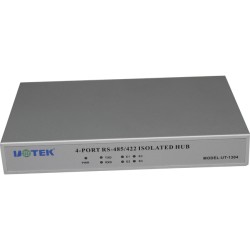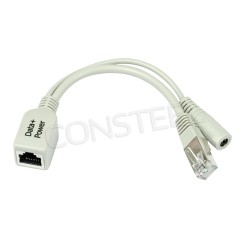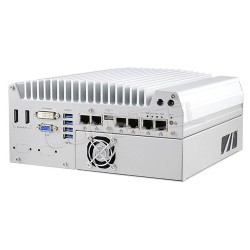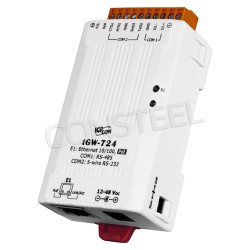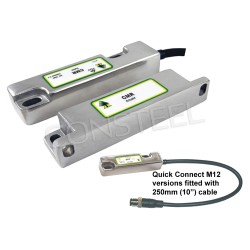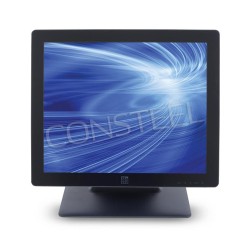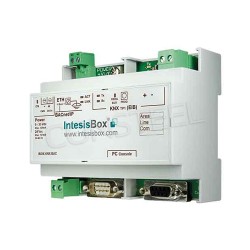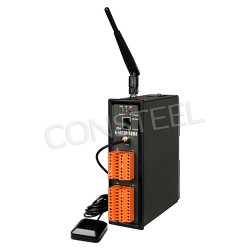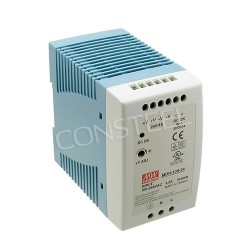How does the serial port server work?

Serial Port Server is a device used wherever it is necessary to make devices available on the network. It converts serial port data (RS232 or RS485) to Ethernet data packets and converts Ethernet data packets to serial port (RS232 or RS485 bidirectionally). If IP/TCP packets are transmitted over iee802. 11a/b/g network links, the server serial port can perform a wireless function. Thus, it eliminates the need for a physical connection to the computer. The serial port server has its own unique IP address. Therefore, it is often called a server. An RS485 (RS232) to Ethernet converter will be needed when connecting devices to the network that have a serial connection are cameras, barcode scanners or scales, among others.
Functions of serial port server
Serial Port Server is a device that can be expanded with various additional functions depending on the needs of its users. Connecting the device to the serial port server automatically equips it with network functions with the ability to manage over the network. By default, serial port servers have such functions as support for TCP, UDP, ARP, ICMP, DHCP protocols, converter rs485 Ethernet, converter rs232 Ethernet, auto connect or automatic connection. In some areas of the industrial sphere, but not only, it is necessary to equip equipment with serial port servers with secure encrypted data transfer capability. Serial port server with SSH secure encryption function, can be used, for example, in the military space.
Serial port server operation and communication mode
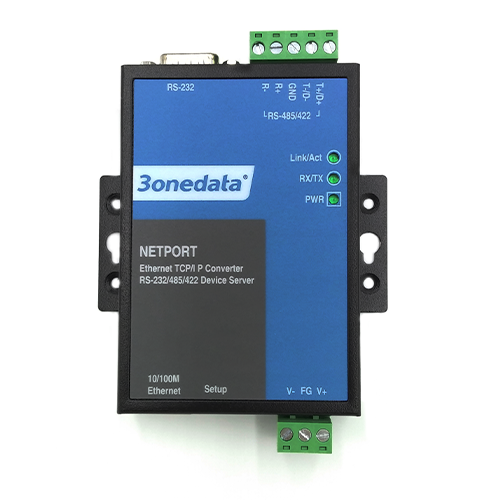
Serial port servers can operate in various modes, these include client mode, server mode or UDP mode. In client mode, the serial port server acts as a TCP client requesting a connection with a predefined IP address and TCP port number. Setting the port server in server mode puts the device in passive mode and is idle until it sends a client request. When it receives a request it sends it and receives a response. UDP mode allows data transmission of several addresses simultaneously. In the case of UDP, it does not require an acknowledgment of receipt and sends the data nonetheless.
Serial port server configuration
Installing the serial port server itself is not a major challenge, for the reason that practically all such devices have their own software and automatic connection function. With a virtual COM port installed on the computer beforehand, we can proceed to connect and install the serial port server. Once the Ethernet cable, serial cable and power supply are properly connected, we can proceed with the configuration. As noted earlier serial port servers automatically detect the interface in use, but if there is a need for individual configuration you can even do it from a web browser after first entering the server's IP address in the search bar.
Serial port server application
Serial port server will find application wherever there is a need to connect a device to the network via serial ports. Most often, serial port servers are used in industrial spheres, automotive, medical, smart city or mining. Depending on the needs of a particular industry, the simplest serial port servers such as NP301 can be used, or more complex ones such as HD674-A020-2-E4V in automated manufacturing or the 16-port serial port server NP5100-2T-16DI, which is additionally equipped with advanced management and configuration tools.





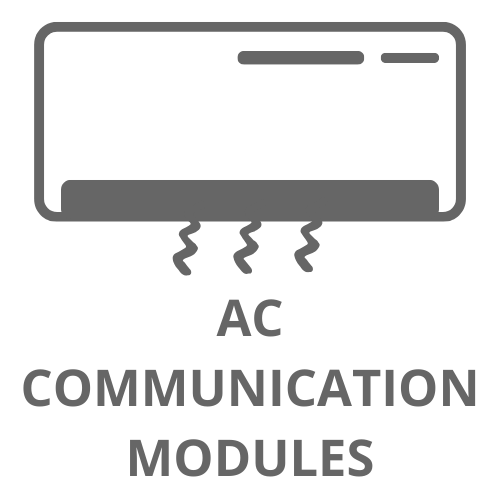

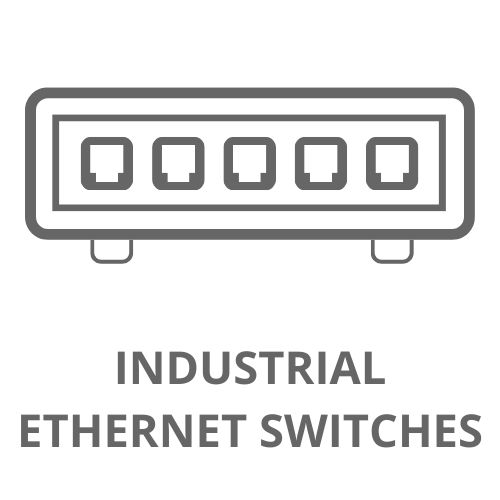

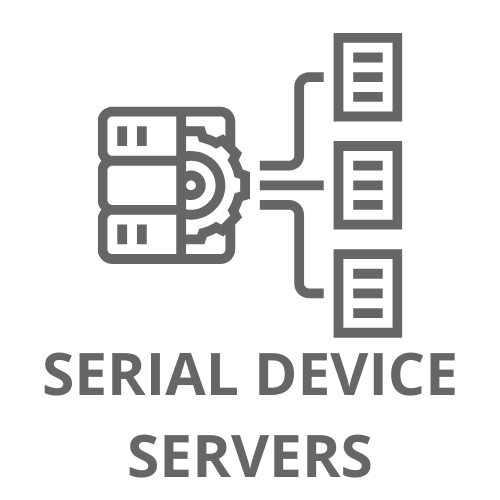
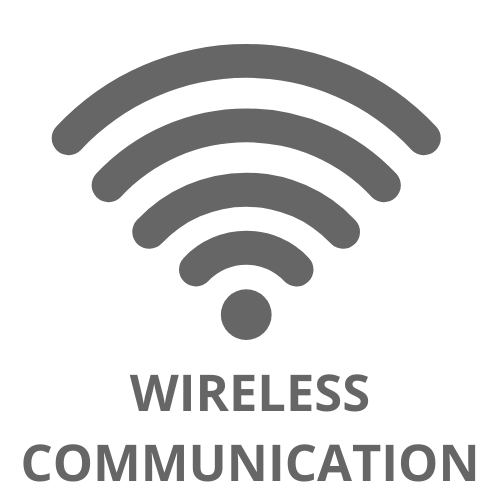





-250x250w.png)
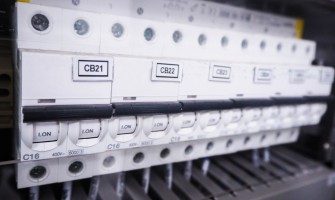





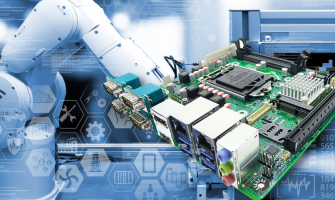
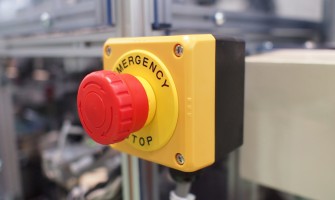


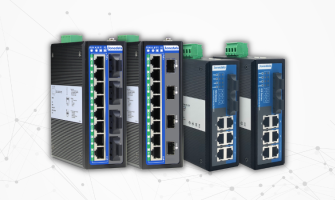

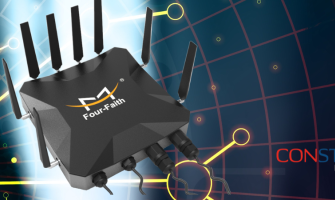
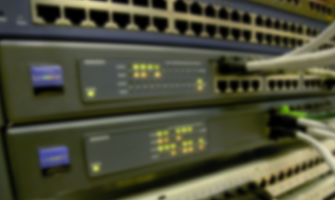
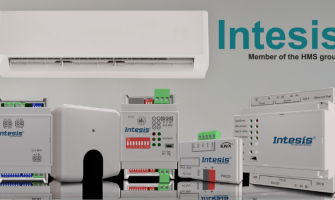

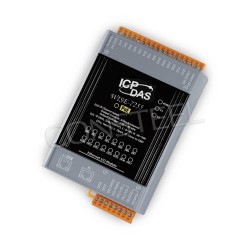
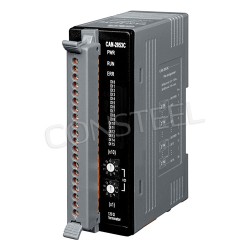
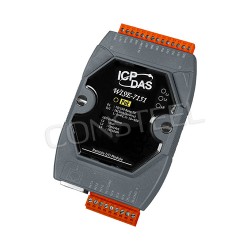
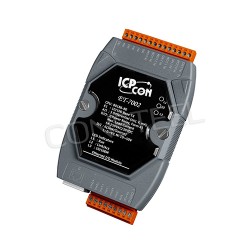

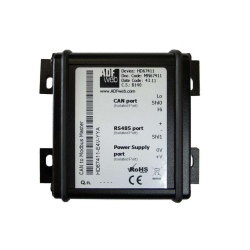
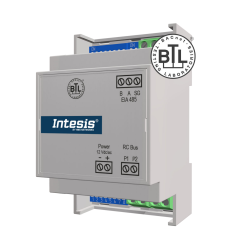



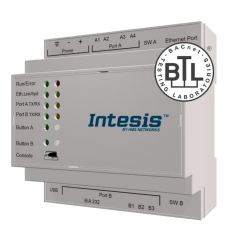
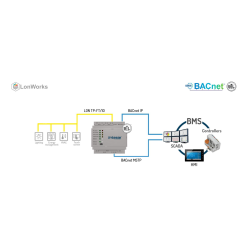


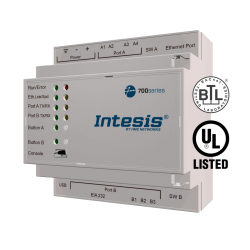

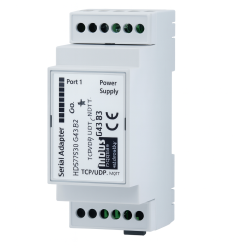




-TB-P1-250x250w.png)
-TB-2-250x250w.png)
